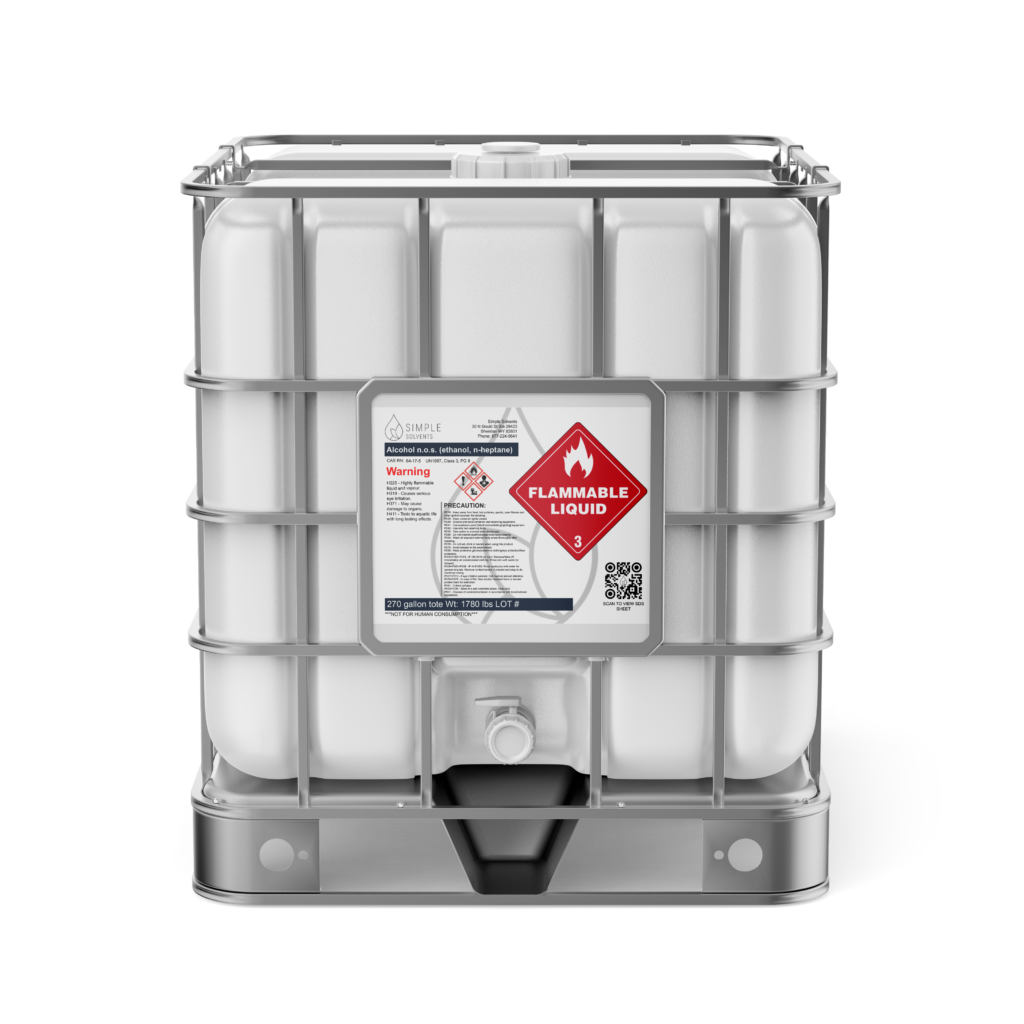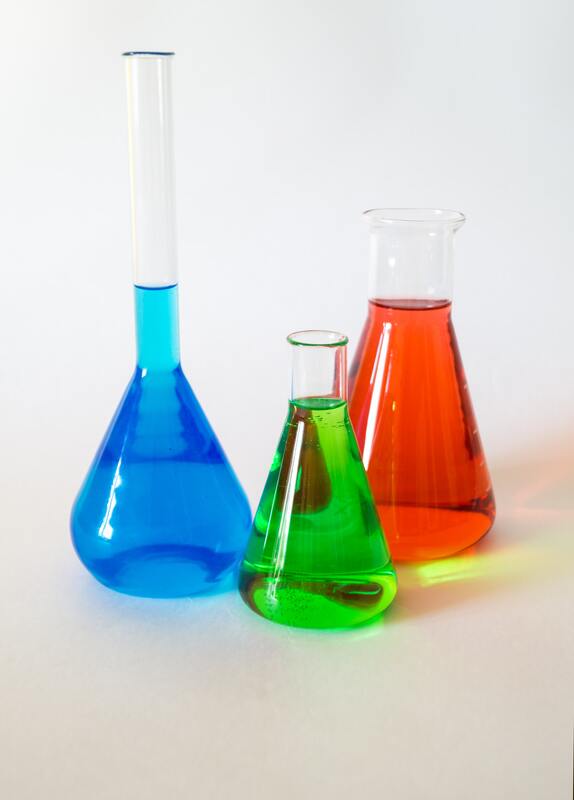
Acetone vs. Denatured Alcohol: How Are They Different?
Cleaning stubborn oil stains or paints on surfaces is difficult; Acetone vs. Denatured Alcohol: How Are They Different? That’s because water isn’t enough to do the job, and most of the solvents either don’t work or damage your items. Which only serves to frustrate you and waste your money. But that doesn’t have to be the case.
Below you’ll find out all about acetone and denatured alcohol. You’ll learn the characteristics of the two solvents, how you can use them, and choose the best product for your needs. Let’s get to it.
What is Acetone?
Acetone is an explicit solvent with a nail polish smell, composed of carbon, hydrogen, and oxygen atoms. The liquid evaporates quickly upon exposure in the air and is highly combustible.
Consuming acetone is unlikely to intoxicate you because nature already produces the solvent. For example, the body produces acetone by metabolizing fat, while trees and plants produce it when they burn down.
However, reports say that acetone causes nose, throat, and skin irritation, and you should therefore never ingest it. And to prevent inhaling harmful fumes, use the product in a well-ventilated area.
Many industries also use the solvent because it’s cheap to acquire, and therefore you’ll find acetone in tobacco smoke, vehicle exhaust, and landfill sites.
Industries that use acetone include:
- Plastic manufacturing.
- Lacquer application tools.
- Making pharmaceuticals.
- Clean oil-based paint and make painting tools with dried coatings.
- Paper Preparation.
- Cleaning epoxy application tools.
- Making varnish or polyurethane application tools.
- Manufacturing fiberglass.
- Degreaser for bare metals painted metal parts and thinning fiberglass resin.
- In addition, acetone helps with the removal of adhesives and vinyl resins.
What is Denatured Alcohol?
When scientists mix additives with ethanol, the resulting solvent becomes denatured alcohol. Examples of the additives include 5-10% methanol, benzene, and pyridine, rendering the ethanol unfit for consumption.
When mixed with water or other liquids, you can use denatured alcohol as a chemical solvent. And therefore, the liquid is applicable as fuel and in various industries to help manufacture the following products:

- Lacquers, polishes, and other surface coatings
- Plastics and plasticizers
- Rubber and rubber accelerators
- Aerosols
- Cleaning Preparations
- Dyes and inks
- Adhesives
- Antifreeze agents
- Petrol additives/substitutes
Similarities Between Acetone vs. Denatured Alcohol
Industries add artificial colors to help advertise acetone and denatured alcohol as non-consumable products per regulations. That standard measure is common in methylated spirits (appearing blue or purple) manufactured from denatured alcohol.
You can use acetone or denatured alcohol for degreasing, cleaning, or paint thinning. That’s because the solvents can break down oily substances, thus making surfaces easier to clean.
The solvents are colorless and highly flammable, so you shouldn’t expose them to open flames.
Differences Between Acetone vs. Denatured Alcohol
Acetone is non-toxic, and therefore, you’ll find that the pharmaceutical industries use that liquid as a filler to ensure accurate dosages of certain medications. On the other hand, denatured alcohol is highly toxic and causes many health conditions, such as brain damage and death.
Acetone damages some plastic items such as PVC and polystyrene as they are manufactured using acetone or acetone-like products. Therefore, you can use that effect to your advantage in cleaning melted plastic stuck on surfaces. Conversely, plastic items tolerate denatured alcohol better, and you can use it to clean plastic items without causing any detriment.
You can use denatured alcohol in the paint removal process, but it doesn’t dissolve the paint completely. However, the solvent removes film-forming finishes producing an excellent result. In contrast, acetone dissolves easily through varnish, shellac, dyes, lacquer, and polyurethane, thereby making the solvent the most effective of the two in that regard.
Conclusion
Acetone vs denatured alcohol are transparent and colorless solvents used for cleaning and grease removal. However, the products have different industrial purposes.
For example, you’ll find that acetone is good for removing stubborn stains on porcelain, paint, and melted plastic on surfaces. On the other hand, denatured alcohol is best for cleaning plastic and dissolving the finish on surfaces without damaging the underlying paint.
Be careful not to drink denatured alcohol or acetone as the substances cause toxicity, which could be fatal. Also, ensure you keep the solvents away from the reach of children.

